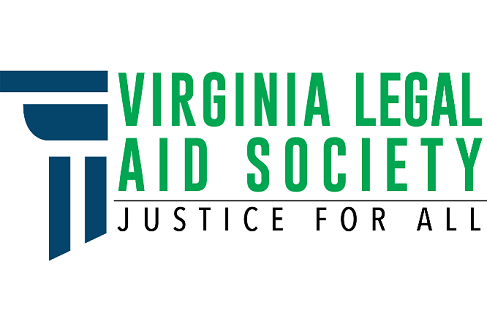Applicable Laws
The Individuals with Disabilities Education Act (IDEA): This law ensures a free and appropriate education to all children throughout the United States. It governs how states and agencies provide early intervention, special education, and related services.
Part B of IDEA refers to school children and youth with disabilities ages three to 21 and directs how they receive special education and related services. IDEA Part C covers Infants and toddlers with disabilities from birth through two years of age and provides for early intervention services.
Resources
» Center for Parent Information and Resources
» U.S. Department of Education
Americans with Disabilities Act (ADA): This law prohibits discrimination and guarantees that people with disabilities have the same opportunities as everyone else. It covers everything from education and employment to participation in State and local government programs and services. It requires, among other things, modifications and accommodations so that people with disabilities have equal access when it comes to locations, services, and opportunities.
Resources
» ADA.gov- Information and Technical Assistance on the Americans with Disabilities Act
» ADA National Network- What is the Americans with Disability Act (ADA)
Section 504: This is a federal law designed to protect the rights of individuals with disabilities in programs and activities that receive federal financial assistance. This law covers public school districts, institutions of higher education, and other state and local education agencies. This protection is monitored by the Office of Civil Rights (OCR). Section 504 requires school districts to provide a “free appropriate public education” (FAPE) to qualified students with disabilities in the school district’s jurisdiction, regardless of the nature or severity of the disability. FAPE consists of the provision of regular or special education as well as related aids and services designed to meet the student’s individual educational needs as adequately as the needs of his or her non-disabled peers.
Resources
» U.S. Department of Education: Protecting Students with Disabilities
» Great Kids: A parent’s guide to Section 504 in public schools
» Wrightslaw: Discrimination: Section 504 and ADA AA
» Understood: Understanding 504 Plans
» PACER Center: Students with Disabilities & Section 504 of the Rehabilitation Act of 1973
Every Student Succeeds Act (ESSA): This act was signed December 10, 2015 replacing “No Child Left Behind” from 2002. ESSA has shifted much of the decision-making power from the federal government to states and school districts. This new law eliminates an accountability system that punished states if not enough students were proficient in reading and math and now states develop their own accountability systems and how to fix schools that are not meeting standards in education.
This new law preserves the federal testing schedule, requiring states to annually test students in 3rd through 8th grade in math and reading, and again once in high school. Schools must also continue to report achievement scores of students and break down the data by race, economic status, disability, and English-learner status. New safeguards are in place to ensure states monitor their most underserved students. This includes identification of each states’ schools where more than two-thirds of the students do not graduate as well as schools failing to close achievement gaps between student subgroups.
One of the major points of ESSA is that it requires all students in America to be taught to high academic standards that will prepare them to succeed in college and careers. Another new highlight it providing more children access to high-quality preschools.
Resources
» The White House: FACT SHEET: Congress Acts to Fix No Child Left Behind
